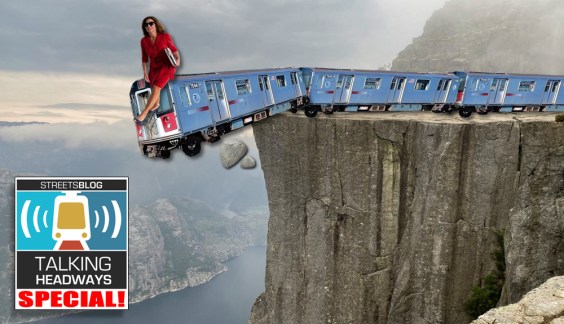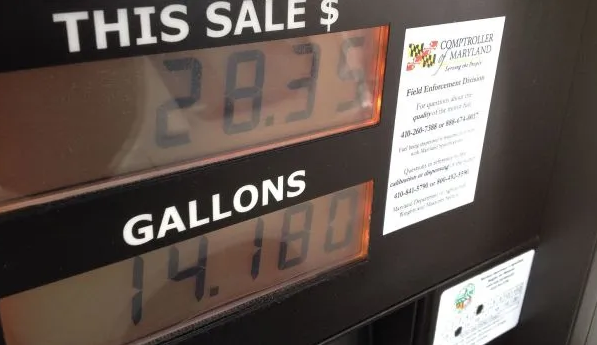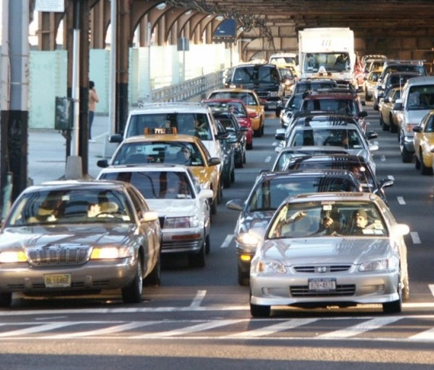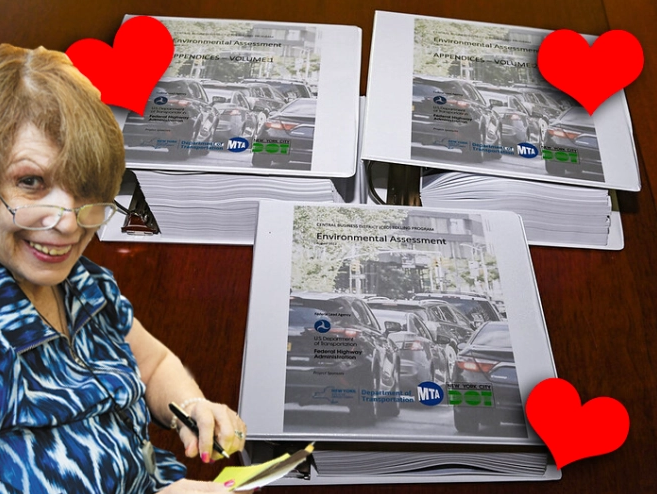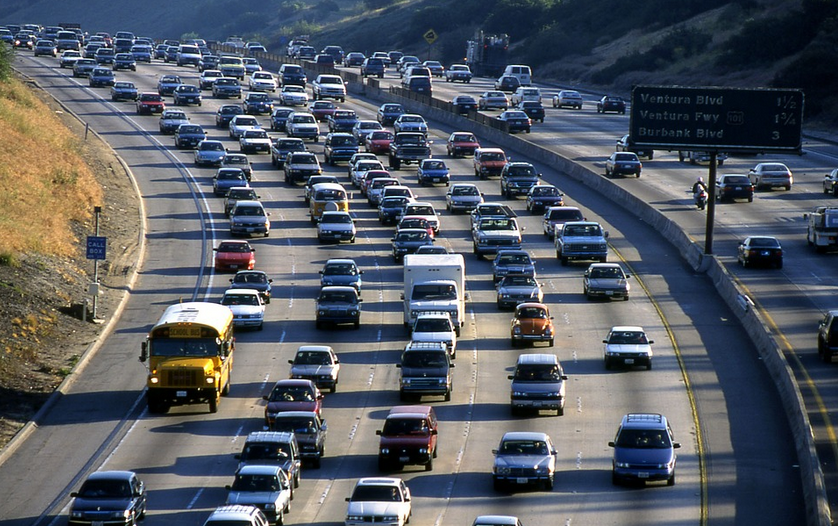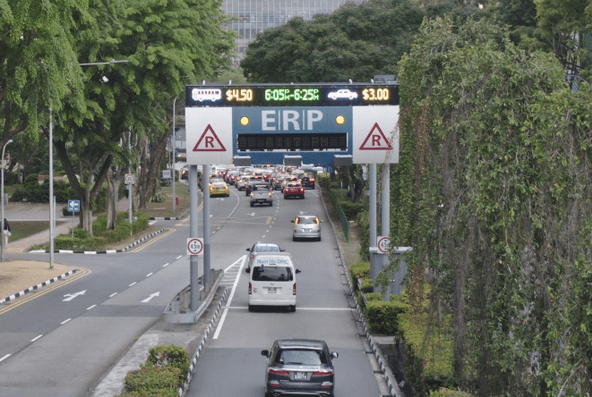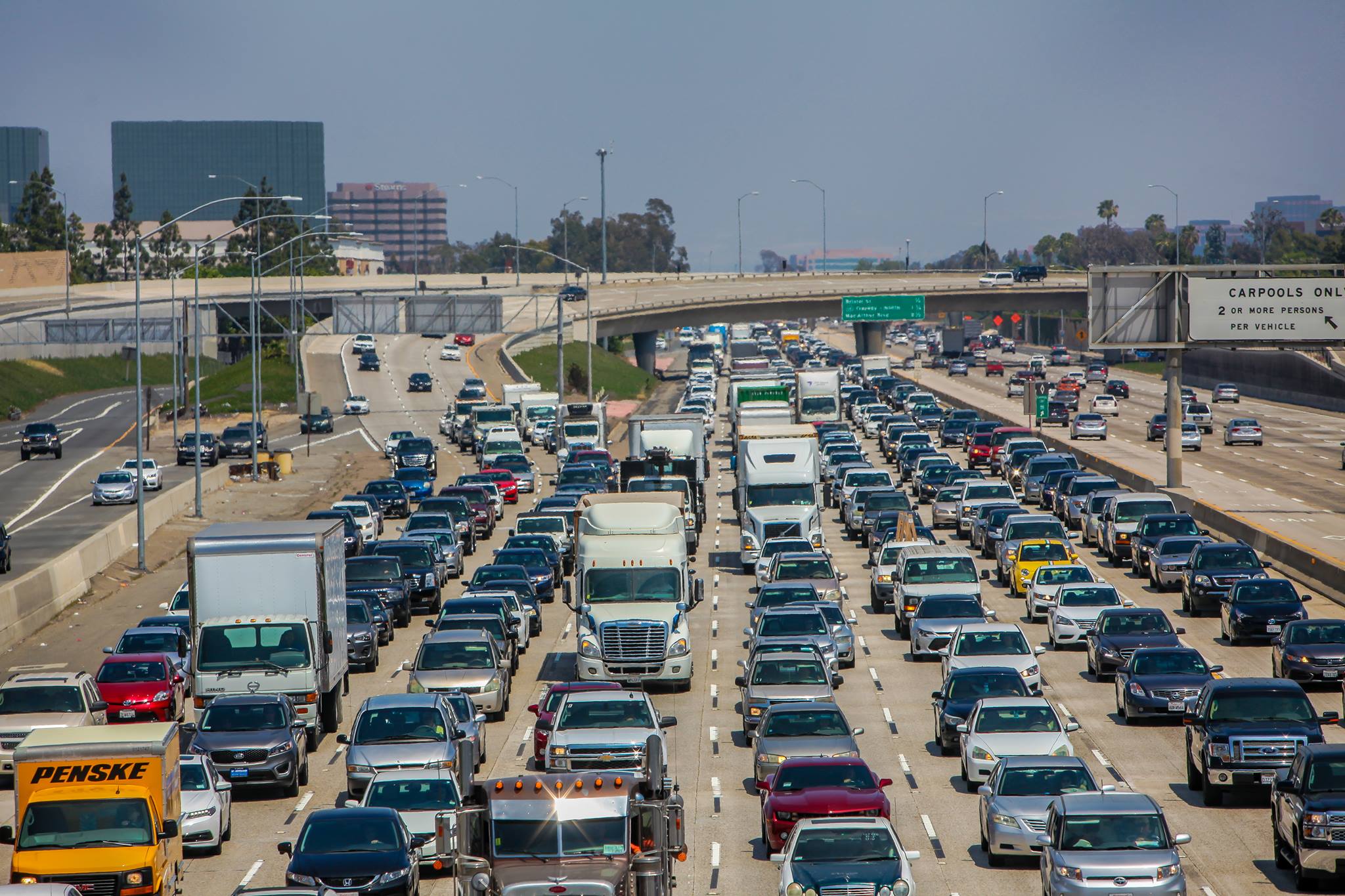Congestion Pricing
‘Talking Headways’ Special: Let’s Understand This Congestion Pricing Debacle
Why did New York Gov. Kathy Hochul kill the first-in-the-nation toll? We talk to a New York-based transit expert to see what is going on
Four Ways that NY Gov. Hochul’s Cancelation of Congestion Pricing Is Bad for America
The plan was always controversial, but supporters have rightly pointed out that politicians need to act boldly, lest our society fail to meet its stated goals.
The Dynamically Priced City
How can dynamic pricing make our cities better, beyond tolling drivers?
Which Car-Cutting Strategies Really Work — And Which Ones Will We Accept?
A new study explores what it really takes to cut VMT, and how communities can craft effective plans to transition out of car dependency.
